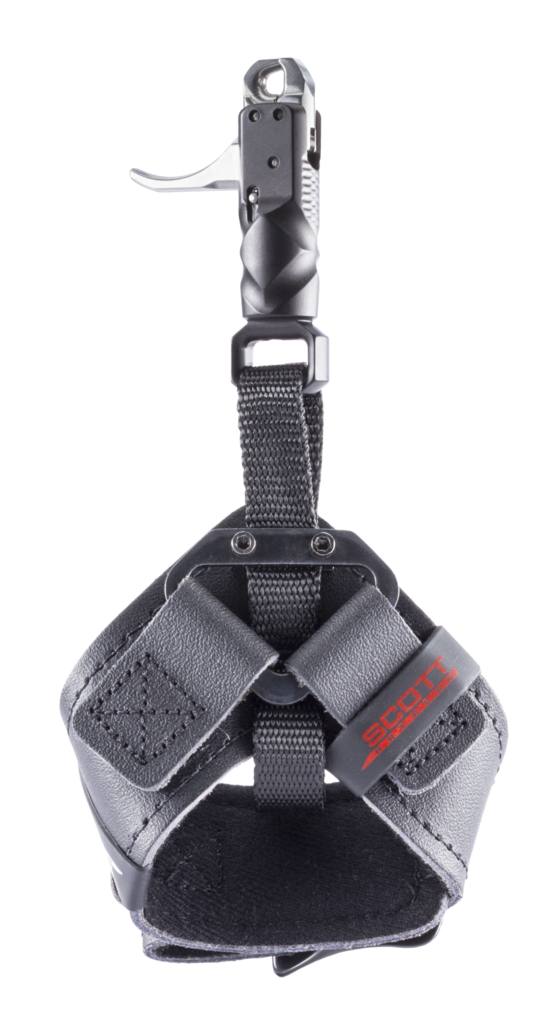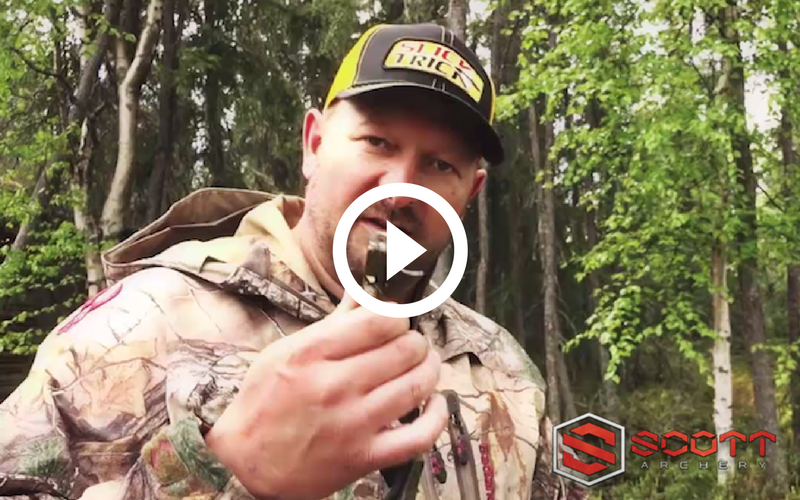Sponsored Content
There are many archery releases on the market and all offer the basic functionality required to draw a compound bow. But archery technology has moved beyond that and — in that moment when a hunter’s target is in view — every innovation is critical.
That makes the premise of any product profile only worth its salt if it can answer this question: what problem does Scott Archery’s new Echo release solve for bowhunters? In this case, the problem-solution involves torque. And torque matters because it contributes to inconsistent shooting form. The Echo, thanks to its new jaw design, eliminates lateral torque.
This torque-eliminating feature only leads to other questions: how does torque affect accuracy? What can we learn about the engineering Scott Archery deployed to address torque and, ultimately, why does it matters to bowhunters?
Q&A: Bob Robb on Scott Archery’s Echo release
To answers these questions and others, we’ve summoned Bob Robb, Grand View Outdoors’ editorial director, expert hunter and avid bowhunter to uncover the attributes of Scott’s Echo release, which Robb recently field tested.
Grand View Outdoors (GVO): What’s the first thing you noticed when you had the Echo release in your hands?
Bob Robb (BR): It’s not unusual for an archery release to have two jaws that both move. It’s a duel jaw. Other releases have one jaw that moves, while the other jaw does not. A lot of times, if both jaws move, they move in tandem. This release is different because it uses what Scott Archery calls its HyperJaw design. And what they’ve done is, the jaw that typically doesn’t move, moves. But only a little bit. And that actually really helps.
GVO: How does it help?
BR: That’s where the torque comes in. What does it mean? Simple. You can’t get too jiggy on the outside when you release.
GVO: So the release jaw is hyper responsive to the trigger but, at the same time, provides some stability?

The Echo features an asymmetrical jaw design, which optimizes opening response. What this means for shooting is a clean release and that’s what kills the torque.
BR: Right and that stability helps take the lateral torque off. It’s an asymmetrical jaw design, which optimizes opening response. What this means for shooting is a clean release and that’s what kills the torque. Plus, there’s a plunger-style activator for the jaws so the jaw opening is consistent every time.
GVO: OK, let’s talk about the trigger system. You can adjust it and that means what for a bowhunter in a hunting situation?
BR: They call it the Roller Trigger System (RTS). It’s extremely smooth. So you want to be able to adjust it to exactly the way you want it. I have it set one way for early season, so the trigger breaks really lightly. This is when I’m not wearing gloves. But as we move into winter, I set it just a little heavier. So that glove won’t trigger it before I’m ready. When a trigger can be adjusted like Scott’s RTS, then a bowhunter knows that trigger will break at the same exact moment each time.
GVO: Before this interview, you had also mentioned the Echo’s wrist strap is very wearable and it has some small practical features that make a big difference. What are those difference-makers?
BR: Well, for one thing, this release is always on my wrist. With some of the other release styles, I’m like, “where the hell is my release?” The action is happening and I’m looking around for it. The strap doesn’t cut and it’s attached to the release by a nylon web strap. It has two screws on the strap and you can adjust the length precisely for you. But here’s the main thing: it’s cool because I can tuck the release so it doesn’t bang against stuff.
GVO: Can you put this new release technology in context – how does it relate to what’s available now compared to what archers relied on in the early stages of bowhunting?
BR: In the 80s very few people were shooting releases. There were no loops. People used fingers. You put your release under the arrow nock and let her rip. Then eventually you saw releases with duel jaws. They were more accurate than shooting fingers, but not nearly as accurate as shooting releases are today. These changes in innovation all happened every few years. It became incrementally easier for someone to become proficient as a shooter. What younger hunters may not realize is that Scott Archery was a huge part of this evolution for bowhunters. The company was founded by Bill Scott in the late 70s and Bill was the first guy to use a roller bearing, making archery releases more smooth and precise. Then, he was the first guy to come out with a single caliper release, where only one jaw moved. Single-caliper was the most accurate release at the time. I shot a Scott single caliper release for 20 years or so. And, today, we continue to evolve and Scott Archery is competing against itself, successfully, with it new independent-jaw technology.
GVO: I’d also add, I asked that in part because sometimes you’ll hear bowhunters express some fatigue with all the nuanced innovation that rolls out each year. They need to be reassured each new feature and innovation matters and can make all the difference.
BR: Over time, manufacturing companies have reduced the discrepancies in product manufacturing, so these products, like Scott’s release aids, are as precise as they’ve ever been. And, with hunting, there are so many things you can’t control: weather, animal movement. You want to know that the equipment you buy, along with the time you spend on the range shooting, are elements of hunting that you can control. Getting a bow shot at an animal is hard. So my view is this: you can never have equipment that is too good. The innovation is real, new features can add value and added-value improves a hunter’s success.
Echo by Scott Archery
- Patent pending design
- Independent jaws eliminate torque
- Off-center design delivers high efficiency opening response
- Roller Trigger System (RTS) for smooth, adjustable trigger action
- Separate trigger travel and tension adjustments for a wide range of trigger adjustment
- New, curved trigger design provides a distinct feel and increased finger placement options
- Ergonomic grip ridges help give you the same finger placement every time
This content is sponsored by Scott Archery. Sponsored content is authorized by the client and does not necessarily reflect the views of the Grand View Outdoors editorial team. View our privacy policy.







